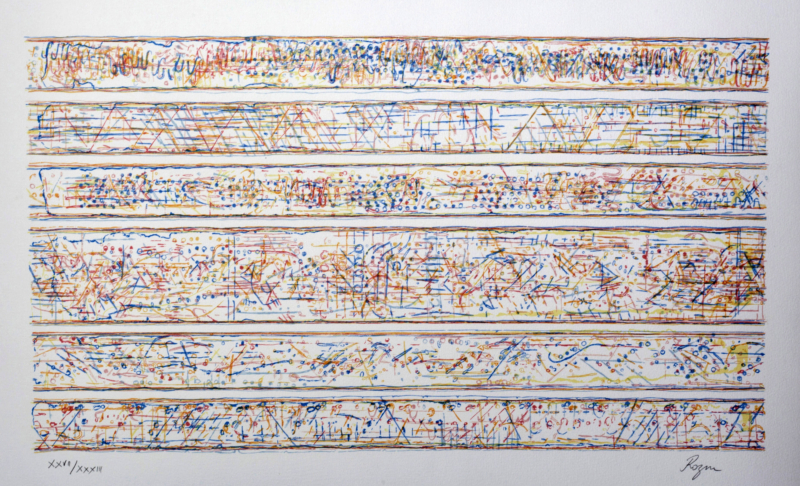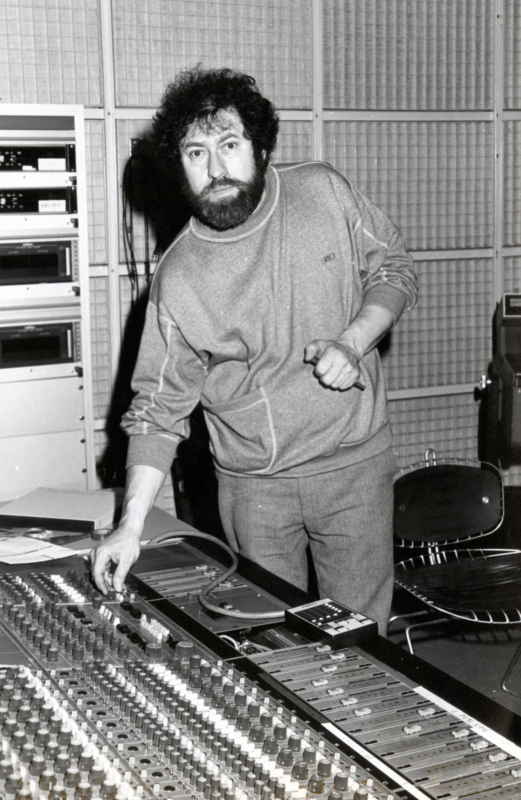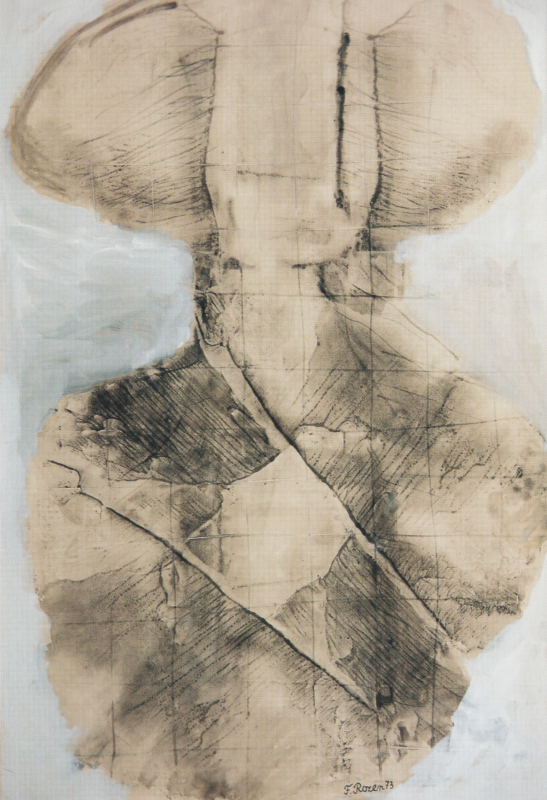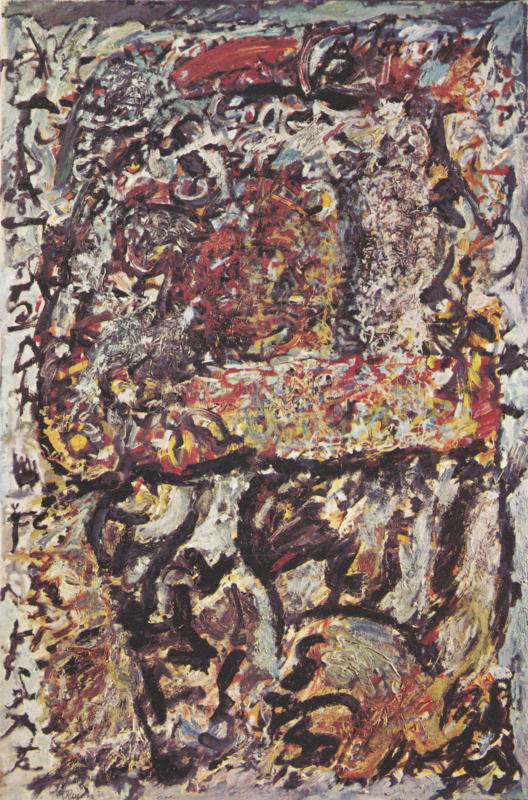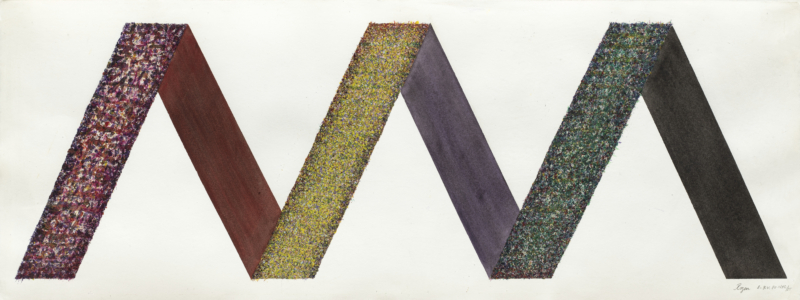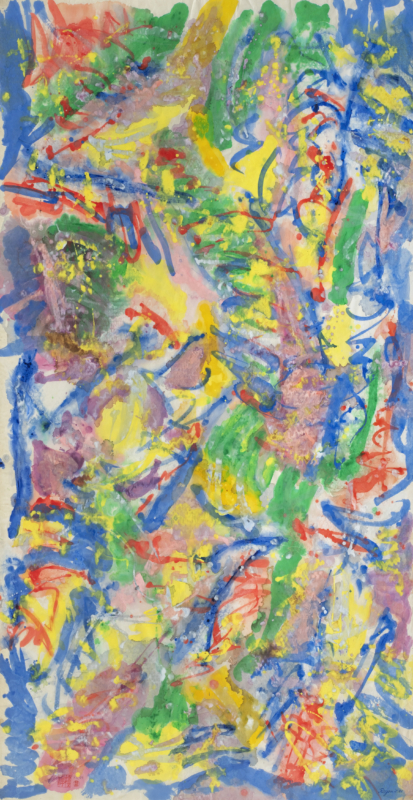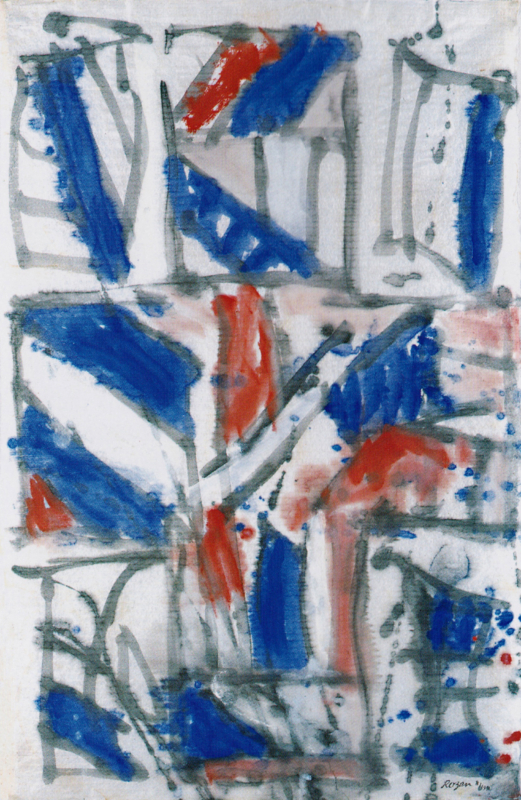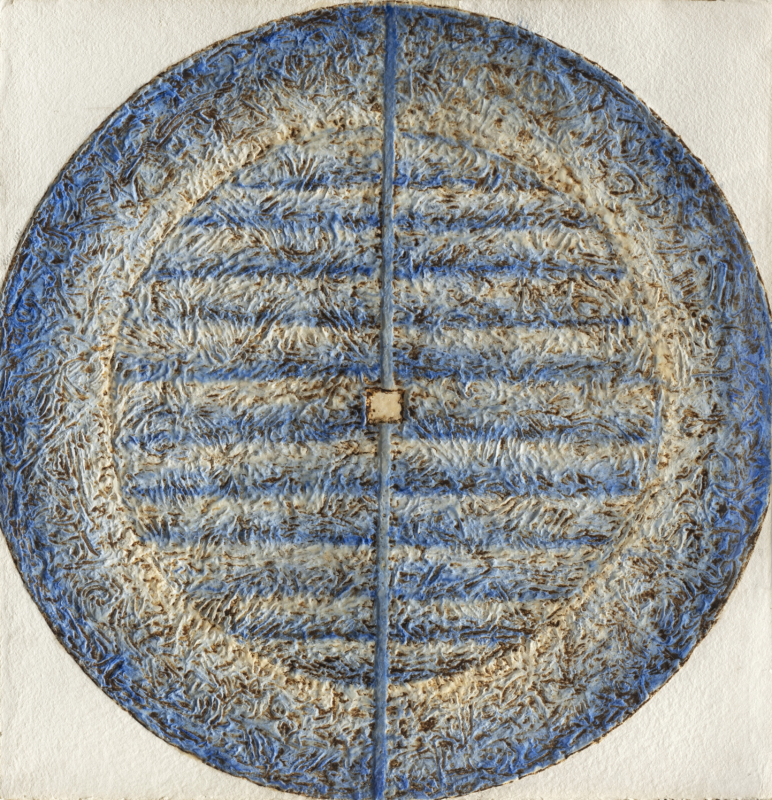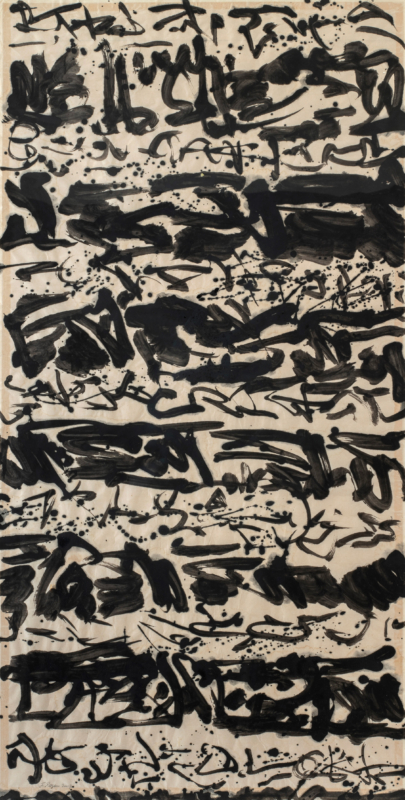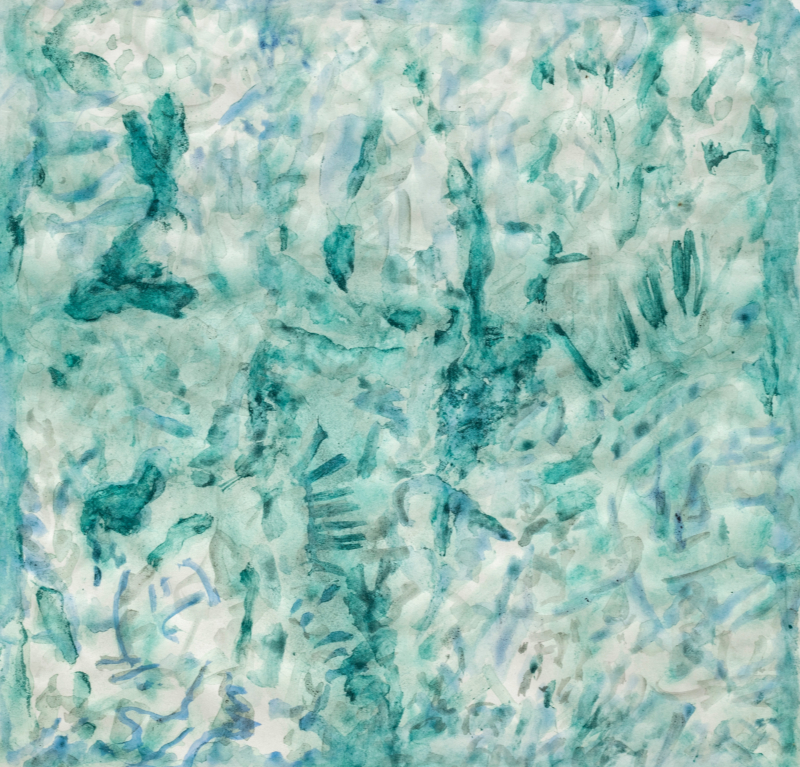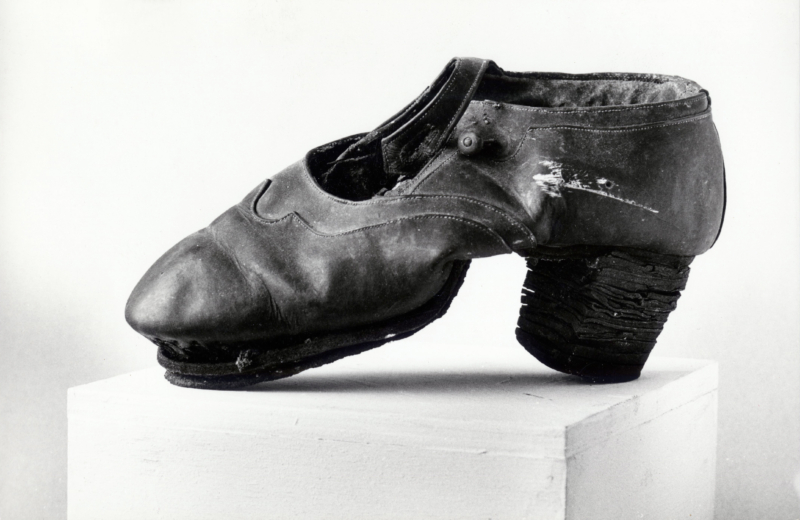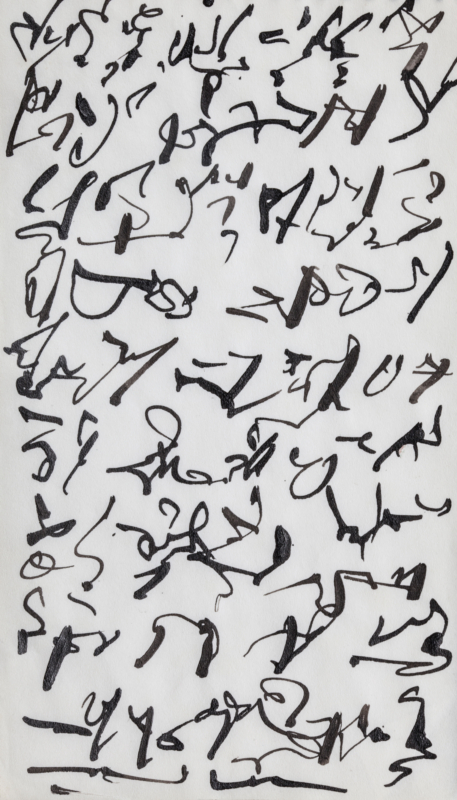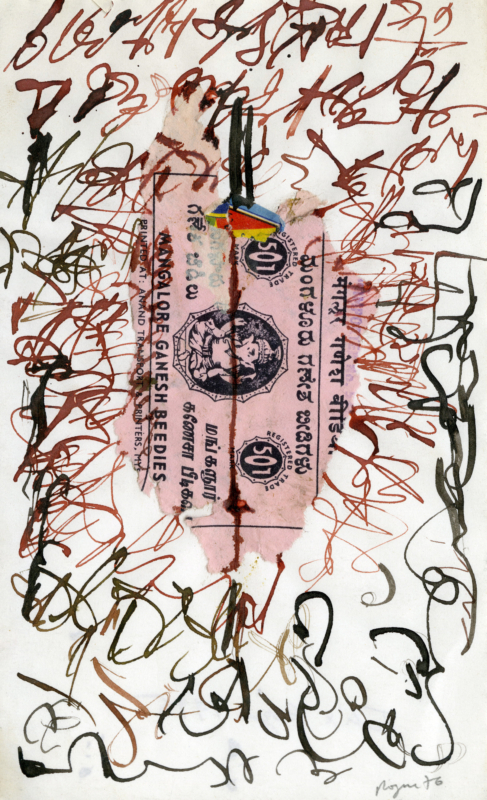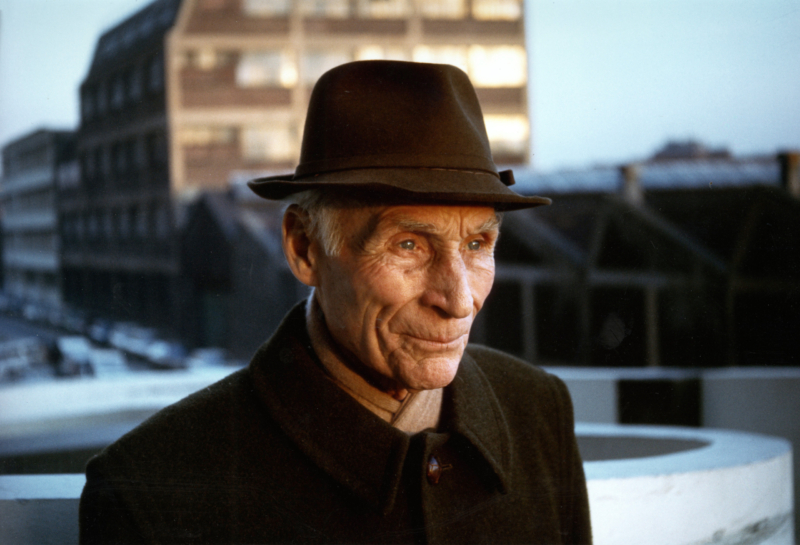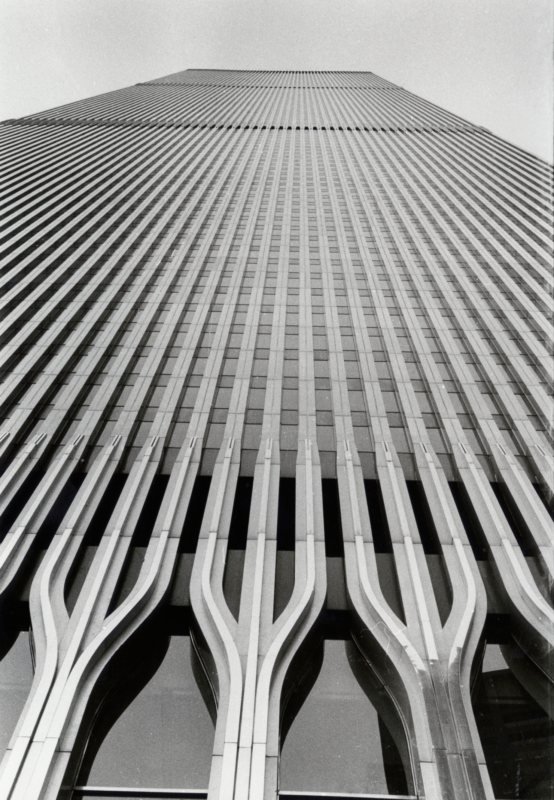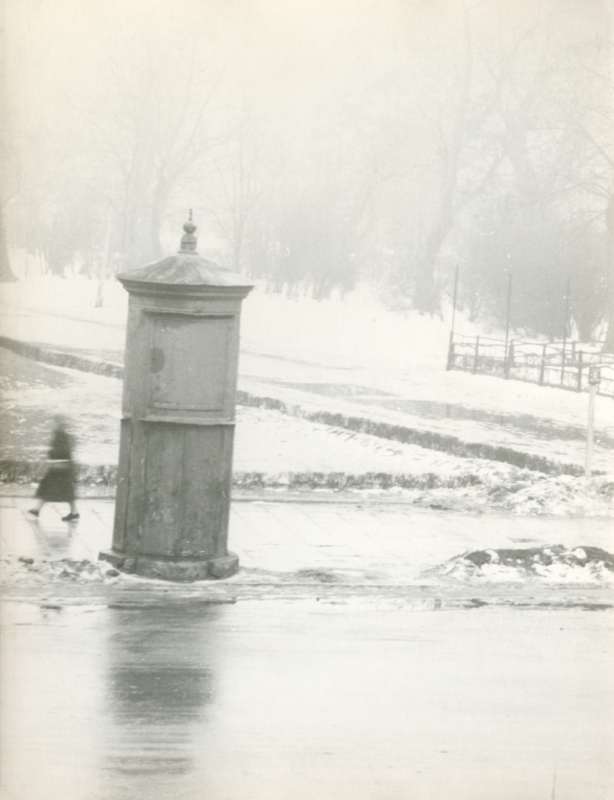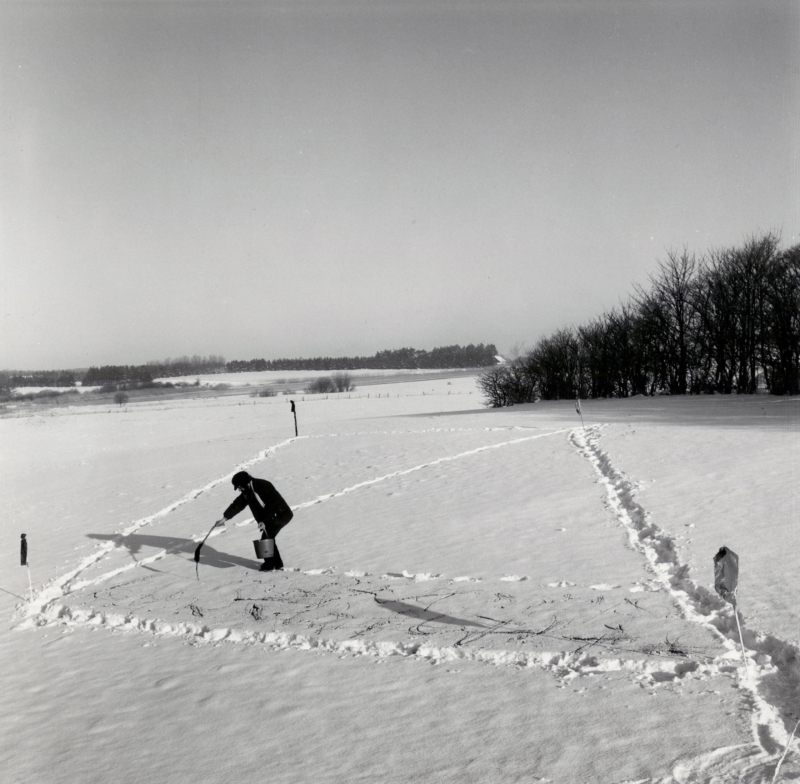Pirocello (1985-1994)
Music
Exploring all fields of music, Rozen applied himself to instrumental design in the 1980s. He created an instrument he called Pirocello, a cello with clean lines, flamboyant red. The work alludes to multiple sculptural references, from primitive forms to the clean lines of Brancusi. While its name suggests the pirogue, the instrument was designed during the artist’s stay in Tokyo, as evidenced by the Japanese stamp visible inside its sounds holes. The actual sound evoked the voices of Noh theatre. Rozen mixes cultures and inspirations and invites you on a journey. However, the Pirocello is not an image-object; Rozen wanted it to be functional and tried to solve the technical difficulties that were gradually revealed. The Pirocello is a unique and all-encompassing work of art that [progrssively] takes shape.
Christine Laloue, curator at the Musée de la musique in “Felix Rozen at the Musée de la musique,” 2021.
Exploring all fields of music, Rozen applied himself to instrumental design in the 1980s. He created an instrument he called Pirocello, a cello with clean…
Exploring all fields of music, Rozen applied himself to instrumental design in the 1980s. He created an instrument he called Pirocello, a cello with clean lines, flamboyant red. The work alludes to multiple sculptural references, from primitive forms to the clean lines of Brancusi. While its name suggests the pirogue, the instrument was designed during the artist’s stay in Tokyo, as evidenced by the Japanese stamp visible inside its sounds holes. The actual sound evoked the voices of Noh theatre. Rozen mixes cultures and inspirations and invites you on a journey. However, the Pirocello is not an image-object; Rozen wanted it to be functional and tried to solve the technical difficulties that were gradually revealed. The Pirocello is a unique and all-encompassing work of art that [progrssively] takes shape.
Christine Laloue, curator at the Musée de la musique in “Felix Rozen at the Musée de la musique,” 2021.
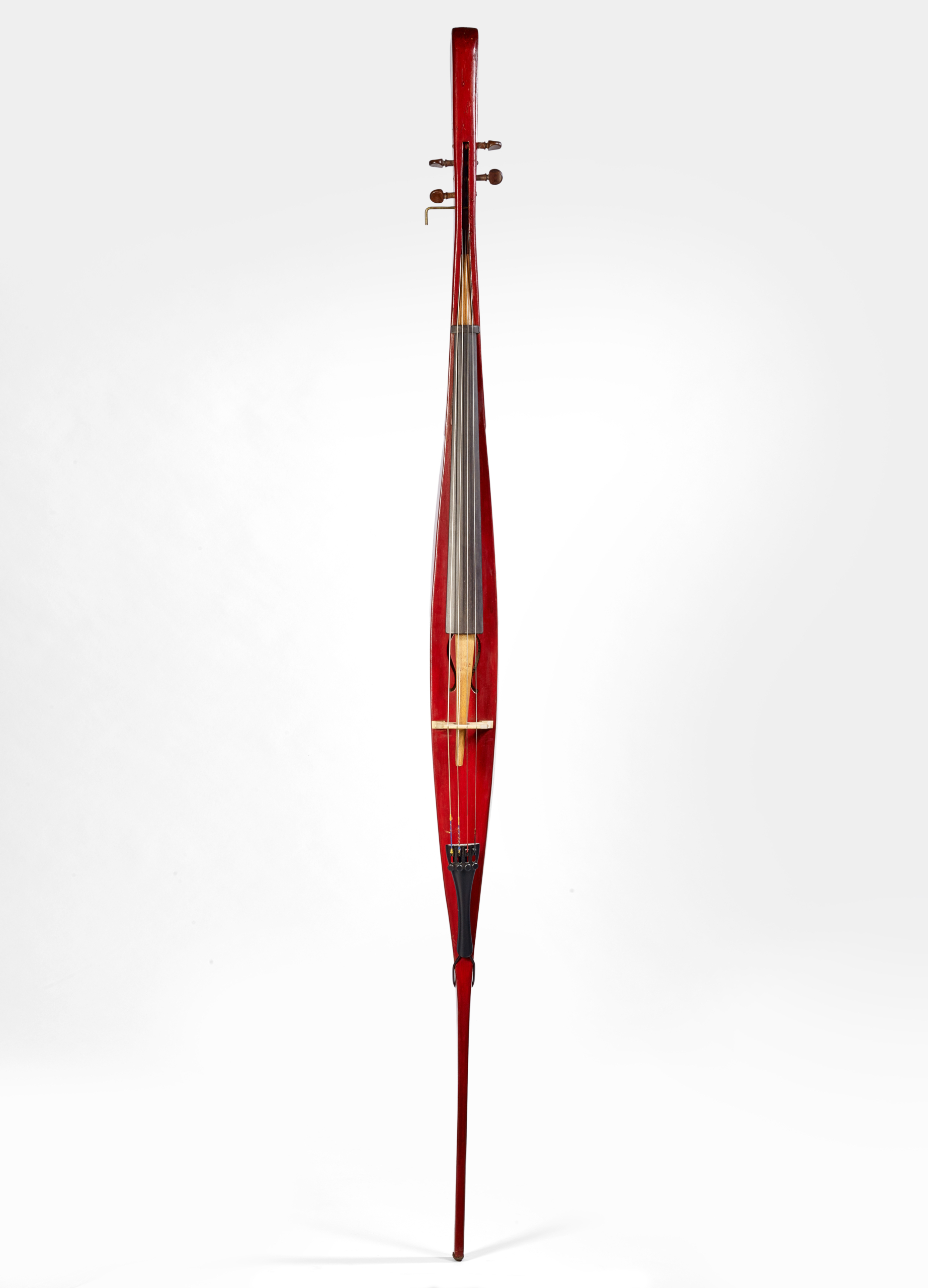
Pirocello, 1985-1994, Musée de la musique, E.2020.6.1, Paris, photo Claude Germain.
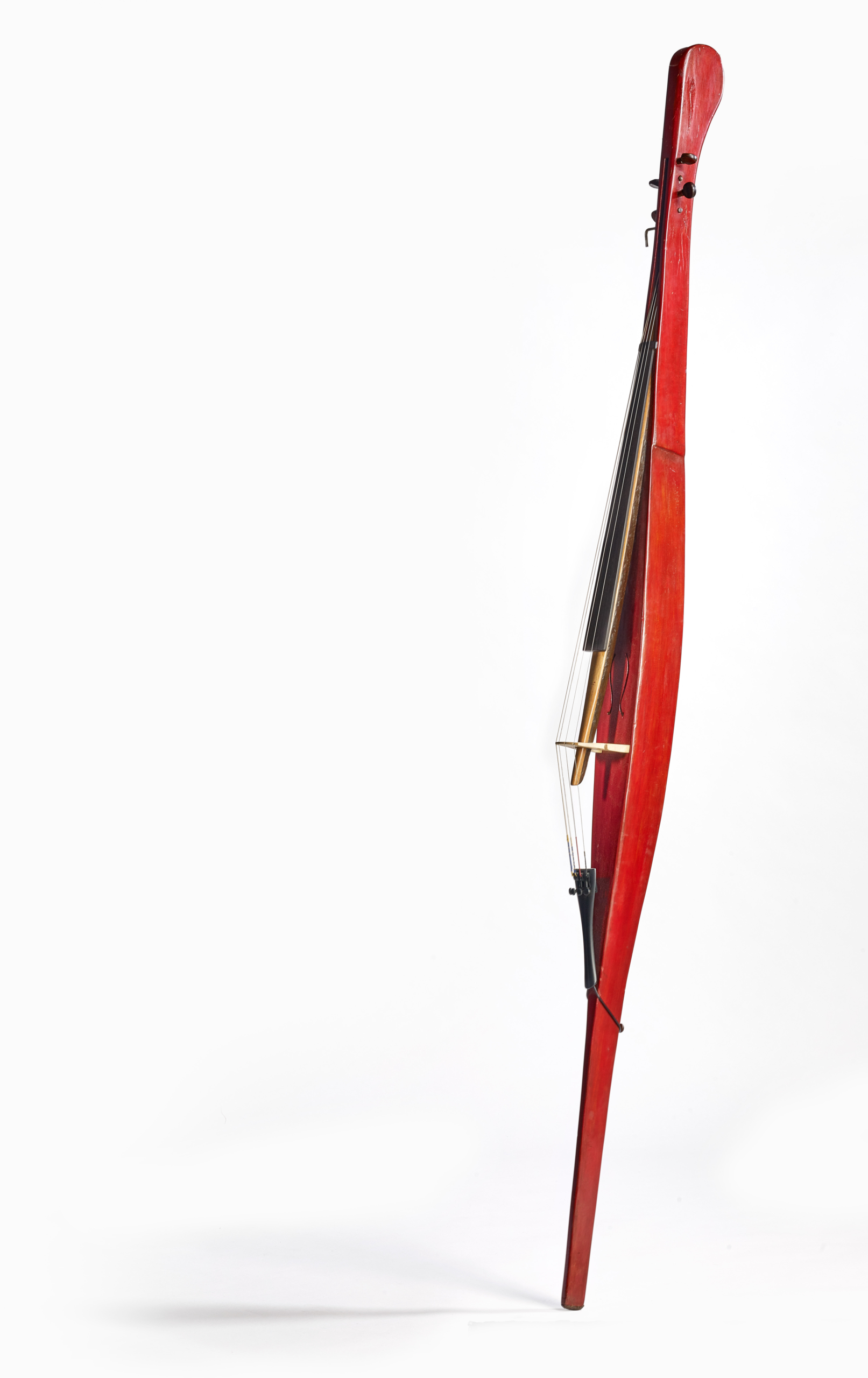
Pirocello, photo Claude Germain.
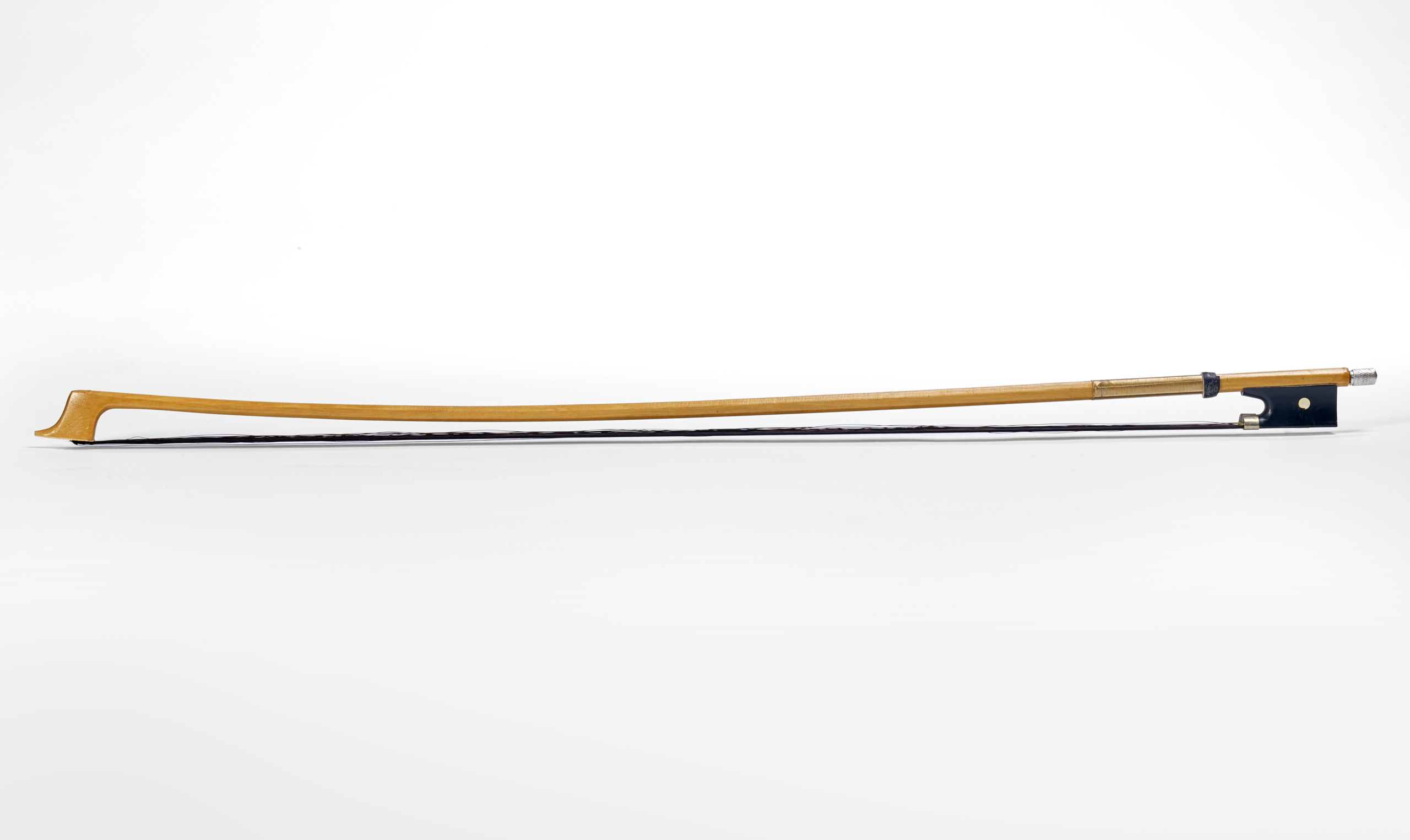
Pirocello, photo Claude Germain.



